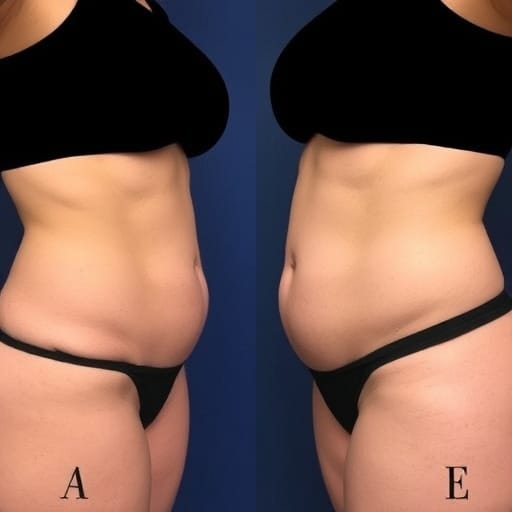C Cup Breasts

Understanding C Cup Breasts: A Detailed Overview
Breast size is a topic of interest for many individuals, and the C cup is often considered a middle-ground size, commonly associated with balanced proportions and a natural aesthetic. A "C cup" refers to the size of the cup in a bra, which represents the difference between the bust measurement (the fullest part of the chest) and the band measurement (around the ribcage, just under the breasts). For a C cup, this difference is typically around 3 inches.
1. Anatomy and Proportions of C Cup Breasts
The actual appearance of C cup breasts can vary depending on a person’s body type, chest width, and breast tissue distribution. Some women may appear to have larger or smaller breasts even if they wear a C cup, due to variations in body structure. For example, a person with a wider chest may have breasts that sit further apart, making the breasts seem smaller in comparison, while someone with a smaller ribcage may give the appearance of fuller, more prominent breasts.
2. Breast Shape and Size Variability
It is important to recognize that breast shape plays a significant role in how a C cup might look on different individuals. Factors that contribute to this variability include:
- Breast tissue distribution: Some women may have more tissue at the top of the breast, giving a rounded or "fuller" appearance, while others may have more tissue at the bottom.
- Skin elasticity and firmness: Breasts with firmer tissue or younger skin might appear perkier, while more relaxed tissue could create a more natural slope.
- Torso length and frame size: A shorter torso can make C cup breasts look larger, while a longer torso might spread out the appearance.
3. Bra Fit and Comfort for C Cup Size
The fit of a bra is crucial in terms of comfort and support, particularly for C cup breasts. Women with this cup size often look for bras that offer both support and lift while maintaining a comfortable fit. The correct band and cup size combination ensures the breasts are well-supported and that there is no spillage or gaping. Popular bra styles for C cup wearers include:
- Balconette bras: Provide a lift and rounded shape, often offering a natural-looking enhancement.
- T-shirt bras: Designed to give a smooth look under clothes, with lightly padded cups for subtle shaping.
- Full-cup bras: Provide extra coverage and support for those who prefer a more secure fit.
4. Body Image and Perception
C cup breasts are often seen as an "ideal" size, striking a balance between fullness and manageability. This perception can vary by culture and individual preferences, but C cup breasts are generally considered proportional and desirable for many.
However, it's important to note that beauty and ideal breast size are subjective. Confidence in one’s own body, regardless of size, is the most important aspect of body image. Some women may choose to increase or decrease their breast size through cosmetic surgery, depending on their personal preferences and feelings about their natural size.
5. Health Considerations
Women with C cup breasts, especially those who are more active, may find that wearing the right supportive bra is essential to avoid back pain, especially during physical activities like running or other high-impact exercises. Proper posture and muscle strengthening exercises can also help alleviate any strain that might occur due to the weight of the breasts.
6. Breast Augmentation and Reduction
For individuals seeking cosmetic surgery, C cup breasts are often a target size for both breast augmentation (increasing size) and reduction (decreasing size). When increasing breast size to a C cup, plastic surgeons typically recommend implants or fat transfer techniques that match the individual's overall body proportions to create a natural look. Conversely, breast reduction surgery aims to alleviate discomfort for women with larger breast sizes who wish to downsize to a C cup for comfort and balance.
In both procedures, surgeons carefully evaluate the patient’s anatomy to ensure that the desired size is harmonious with their body shape.
7. Maternity and Aging
Breast size can fluctuate during different life stages, particularly during pregnancy, breastfeeding, and menopause. Women who wear a C cup may notice changes in size and firmness during these periods, often leading to temporary or permanent increases in breast volume. Skin elasticity and firmness can also change with age, which may alter the appearance of C cup breasts over time.
Conclusion
C cup breasts are often considered to be a balanced and versatile size, fitting comfortably within a broad range of body types. Whether through natural growth or cosmetic enhancement, many women find C cup breasts to be an ideal size for their aesthetic goals and lifestyle needs. As with any breast size, finding the right support, maintaining breast health, and cultivating body confidence are key to overall well-being.



